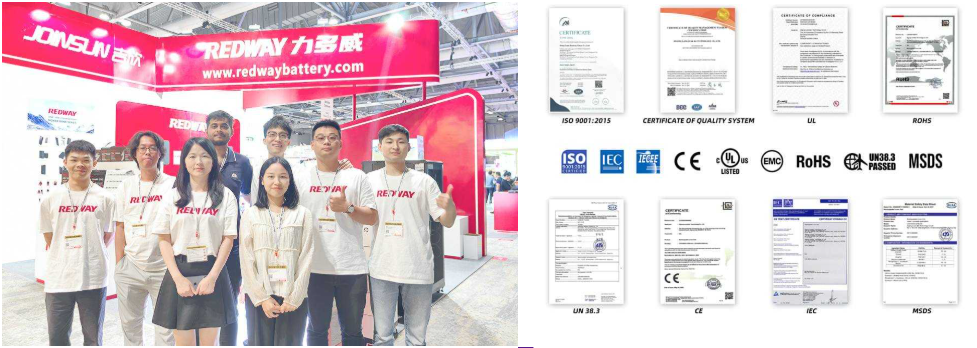Navigating regional regulations for marine battery use is crucial for ensuring compliance and safety within the marine industry. Understanding these regulations helps boat owners and operators make informed decisions about battery selection, installation, and maintenance.
How Do Regional Regulations Differ for Marine Batteries?
Marine battery regulations vary significantly across regions, influenced by local safety standards, environmental policies, and technological advancements. In North America, organizations like the American Boat and Yacht Council (ABYC) enforce strict guidelines that ensure safe battery installations and usage practices. Conversely, European regulations focus heavily on environmental sustainability, mandating proper disposal methods under directives such as the EU’s Batteries Directive.
What Are the Key Safety Standards for Marine Batteries?
Safety standards are paramount in marine battery usage to prevent accidents and ensure operational efficiency. The ABYC has established specific requirements regarding battery installation, ventilation, and maintenance to avoid risks like thermal runaway or electrical fires.
Wholesale lithium golf cart batteries with 10-year life? Check here.
| Safety Standard | Description |
|---|---|
| ABYC E-13 | Guidelines for lithium battery installations |
| NFPA Guidelines | Recommendations on charging systems and protective devices |
How Do Environmental Regulations Affect Marine Battery Use?
Environmental regulations play a vital role in shaping marine battery practices, particularly in Europe where sustainability is emphasized. The EU mandates recycling programs for batteries to minimize environmental impact while ensuring safe disposal methods.
Know More:
Want OEM lithium forklift batteries at wholesale prices? Check here.
What Regulations Govern the Use of LiFePO4 Batteries in Marine Settings?
What Are the Legal Requirements for Using LiFePO4 Batteries on Boats?
How Do Regional Regulations Impact Marine Battery Use?
What Are the Compliance Implications for Boat Owners?
Compliance with regional regulations is essential for boat owners to avoid legal penalties and ensure safety onboard. Non-compliance can lead to increased insurance premiums or denied claims in case of incidents related to battery failures.
How Do Emerging Trends Influence Marine Battery Regulations?
Emerging trends in technology and environmental awareness are driving changes in marine battery regulations globally. As electric propulsion systems gain popularity, regulatory bodies are adapting standards to accommodate new technologies while ensuring safety.
How Do Different Types of Marine Batteries Affect Compliance?
Different types of marine batteries—such as lead-acid, AGM, or lithium—come with varying regulatory requirements that affect compliance strategies. Understanding these differences is crucial for selecting the right battery type that meets local regulations.
What Are the Best Practices for Battery Maintenance?
Routine maintenance is vital to prolonging the lifespan of marine batteries. Best practices include regular inspections, proper charging techniques, and ensuring clean connections to prevent corrosion or electrical failures.
| Maintenance Practice | Importance |
|---|---|
| Regular Inspections | Identifies potential issues early |
| Proper Charging | Prevents overcharging that can damage batteries |
How Can Technology Enhance Marine Battery Safety?
Advancements in technology can significantly enhance marine battery safety through smart charging systems that monitor voltage levels and prevent overcharging. Additionally, integrating monitoring systems can provide real-time data on battery health, allowing proactive management.
Expert Views
“Understanding regional regulations is not just about compliance; it’s about ensuring safety and efficiency in marine operations,” states an expert from Redway. “As technology evolves, so must our approach to managing marine batteries.”
Conclusion
Navigating regional regulations regarding marine battery use is essential for ensuring compliance and safety in the maritime industry. By staying informed about varying standards across different regions and adopting best practices in maintenance and installation, boat owners can enhance operational efficiency while minimizing risks.
FAQ Section
- What are the main types of marine batteries?
The main types include lead-acid, AGM (Absorbent Glass Mat), gel cell, and lithium batteries. - How often should I inspect my marine battery?
Regular inspections should be conducted every few months or before each boating season to ensure optimal performance. - What should I do if my marine battery fails?
Follow emergency procedures such as jump-starting or visual inspection to assess the issue before seeking professional help if necessary.





